Madhubani: He is the original Bollywood Bawarchi. The man who chops vegetables in Mumbai bungalows one day and poses with stars the next. But in the late 1990s, he was a 16-year-old teen from a small Bihar village who was handed Rs 250 by his father, enough for a one-way train ride into the anonymous labour circuits of India’s metro cities. More than two decades later, that same boy, now 42-year-old Dilip Mukhiya, returned to his village in Madhubani and his Mallah Tola neighbourhood as a local celebrity the villagers had only ever seen on mobile screens: Farah Khan’s cook-turned-internet sensation.
The man whom Shruti Haasan calls “the real star.” The man Jackie Shroff corrects when he calls him “Beeru” instead of “Beedu.” The man royals from Rajasthan greet with excitement. The man Farah Khan teases for being “so famous now he doesn’t recognise Orry.”
Brands spotted him almost instantly. In just one year on the internet, Dilip has appeared in advertisements for Myntra, Amazon, Urban Company, Flipkart, skincare brands, washing machines, pressure cookers, organic food, and even shot a cameo with Shah Rukh Khan for an ad. He has walked onstage at YouTube FanFest, shot inside palaces, posed with influencers, and travelled abroad.
Dilip’s journey was the same that lakhs of men from north Bihar take every year, vanishing into homes, fields, and factories where their faces blur into an endless supply of migrant labour.
But his change of fortune punctures a narrative: Bihar’s migrants are supposed to be invisible.
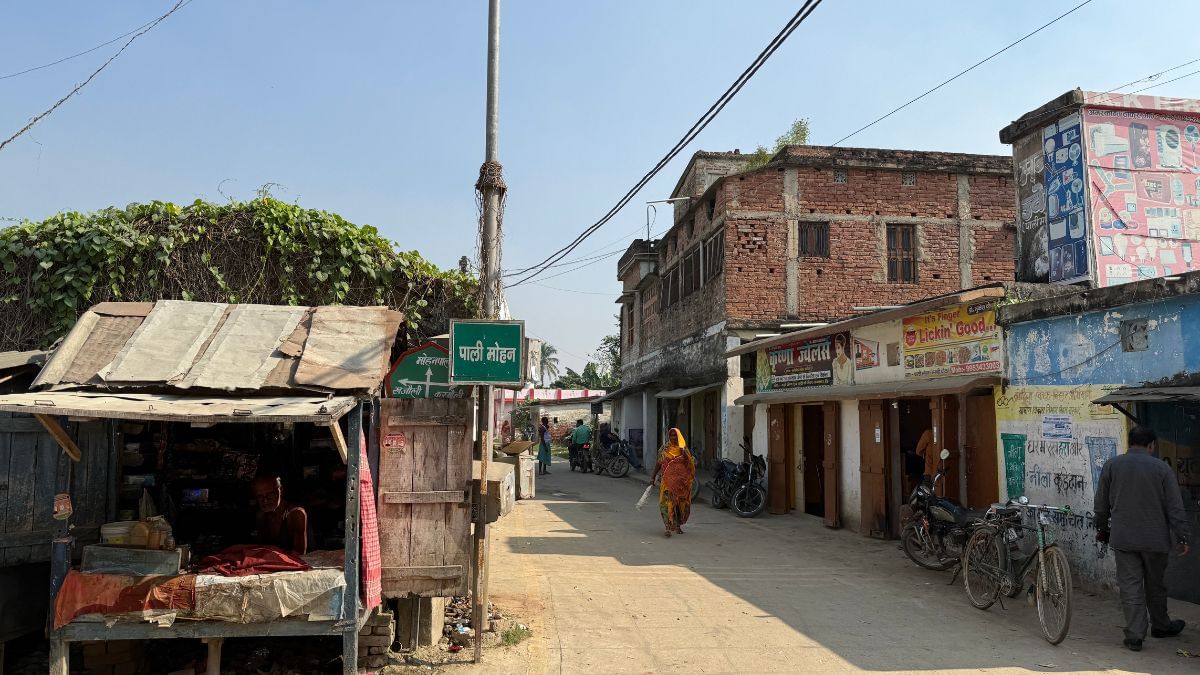
The story of Dilip isn’t like one of crores of Bihari migrants landing in Mumbai with stars in his eyes or all his life’s ambitions bundled up in a duffel bag on a train. It isn’t the story of the rise of blue-collar worker influencers. It isn’t a story of a Mallah man of rural Bihar escaping the caste grid either. His story defies all the boxes that helped forge his identity. Dilip is in a box of his own making; a life crafted not by a pre-existing destiny but by pure chance, timing, and a can-do attitude.
He was between shoots in Mumbai, and had just returned from New Zealand with Farah Khan when ThePrint spoke to him over the phone.
“Main baat ye hain ki apna Bihari mehanti hai aur kama leta hai (The main point is that hard work is in Bihari blood),” he chuckled when asked about his changed fortune.
In the videos, Dilip mirrors Farah Khan’s cadence – quick, teasing, slightly brusque – like a Mumbaikar. But during the phone call, the rhythm softened. His Maithili returned, sentences lengthened, the city’s rough edges gave way to the lilt of home. It revealed a life stretched between two vocabularies, two identities.
Mumbai has long been dependent on the labour of UP-Bihar workers, be it cooks, cleaners, drivers, or construction hands. In public imagination, they appear as a compressed identity: poor, overworked, resented, mocked, and largely unseen. But Dilip turns this narrative on its head.
He has become a rare figure whose Bihariness, migrant grit, and desi humour are applauded and celebrated in Mumbai’s celebrity circles. He is both a typical Bihari migrant and a complete outlier. Both an Everyman and a one-in-a-million story.
An estimated one crore people work outside Bihar. In places like Dilip’s village in Pali, nearly 80 per cent of adult men migrate for work. Their families toil in the field, and they send half the money they earn in cities back home. Like Dilip, they return to visit their families and children once a year. In a village like this, Dilip’s recent homecoming feels like fiction.
Also read: Brother shot Sapna in her sleep. She had crossed a Haryana khap red line
Bollywood has a new Dilip
Dilip’s first brush with the camera and the internet was on 15 April last year, making a cameo in Farah Khan’s “world-famous” Yakhni Pulao video.
In the episode, Farah puts down a knife dramatically and calls him in: “Why should I chop? Dilip will do it.” Only men should do the chopping, she asserted.
Then comes the ribbing: “Tere ko acting nahin aati na? Sirf pagar lene ke time acting karta hai! (You can’t act right? Only on payday you start acting”)
She tells viewers Dilip has faltered at shopping; he forgot mutton and got chicken instead. In the end, she “fires” him. A week later, in another video, she resurrects him with aartis, tilaks, and full Bollywood melodrama.
That’s when comments started to appear: “Dilip and Farah, the pair we didn’t know we needed.”
Dilip had struck a chord. The pairing clicked.
What followed was a running universe of jokes – salary cuts, balcony envy, city homes (“we are both very poor”), Dilip wanting to take a dip in any swimming pool he spotted, and Farah announcing that his stardom has “hijacked her channel.”
Some viewers called her tone classist; others termed it as uncomplicated camaraderie.
In the celebrity kitchens where Dilip now moves with ease, he often finds familiar echoes of home. In Sonali Bendre’s house, the cook Lakshman, also from Madhubani’s Arer village, greets him in Maithili, slipping into a brief exchange about their villages before the camera swings toward marble countertops. This pattern repeats everywhere he goes.
The cooks and domestic workers in these homes come from the same migration belt – Darbhanga, Madhubani, Sitamarhi, Nepal border villages. The warmth between them is immediate: a few sentences in their mother tongue, a small nod of recognition between workers who keep the city running as they become the target of the next joke from their employer.
But in his village’s Mallah Tola – a neighbourhood where most houses are tin-roofed and built so close that two people can barely pass each other – Farah’s jokes on Dilip land as pure entertainment.
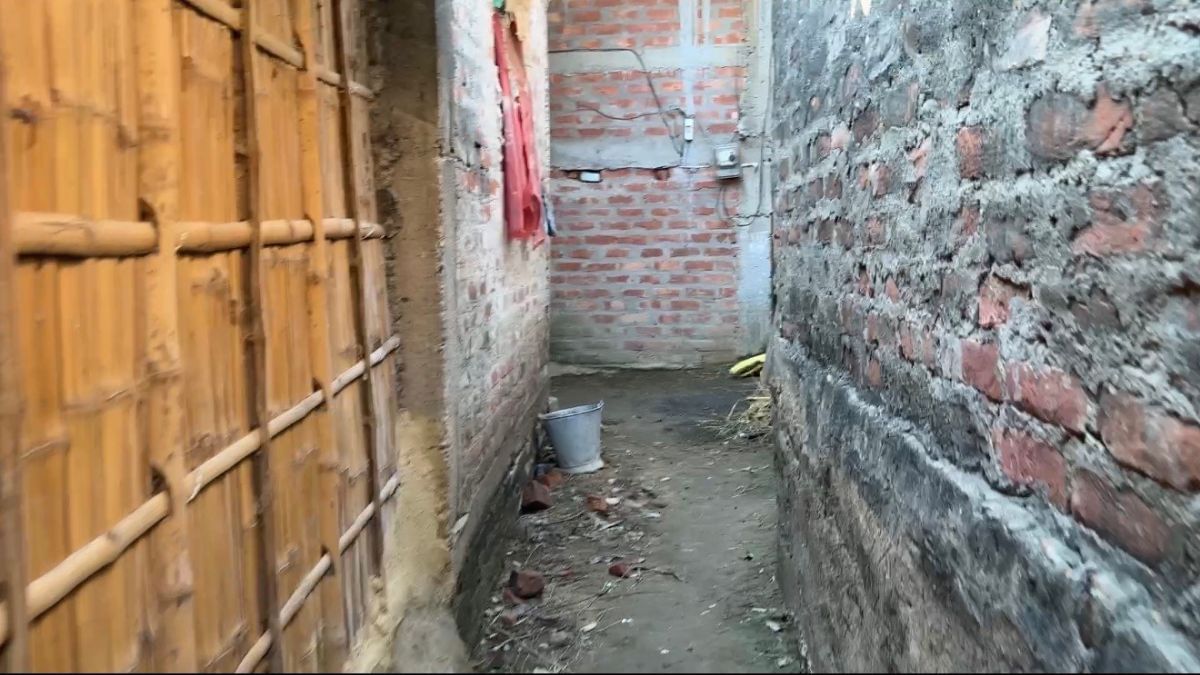
A celebrity back home
At Dilip’s unfinished house in the village, a cluster of women sit on the floor beside a stack of hay.
Some wore floral polyester sarees, some simple cotton. All of them are Dilip’s fans.
“Devar ji ke dekhe to hasi laagat rahe (When I see my brother-in-law, I can’t help but laugh),” one of his sisters-in-law, Parmila Devi, said.
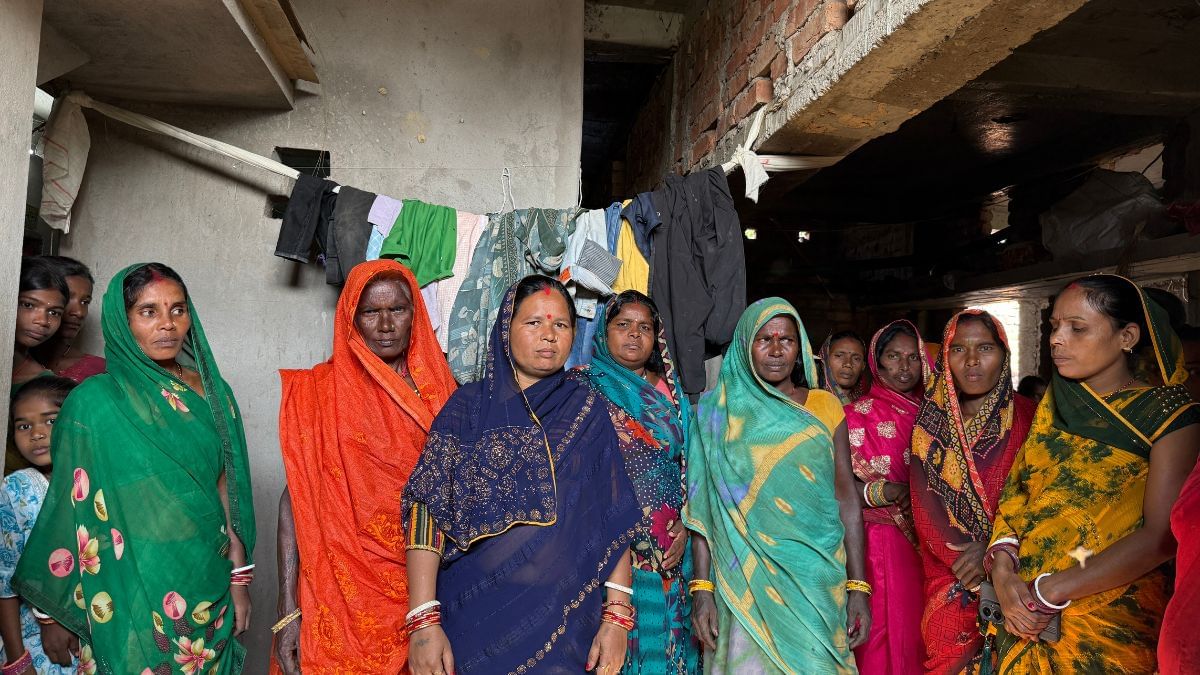
They giggled as they recalled a line from one of the videos.
“Madam ji puche chai banata hai Dilip? To bola, haan, hum pee liya hai (Madam asked him if he made tea, and he replied, Yes, I drank it too),” Parmila Devi cackled, slapping her thigh as the other women – many his sisters-in-law, some neighbours from the Jeevika self-help group – joined in.
Words like “shoot,” “views,” “millions,” and “Bollywood” now float casually, even among women who have never left the district.
A different migrant story
Dilip’s own journey is indistinguishable from the lakhs who leave north Bihar each year.
“I spent Rs 50 on the train ticket and food,” he said over the phone. The remaining Rs 200 he sent home through money order. His father worked in others’ fields, and his mother raised five more children back home.
“I couldn’t stand this reality, so when I began earning in Delhi, I purchased two bullocks and a plough for him, but he continued to work because that’s the life he has known,” Dilip said.
He spent a decade in Delhi’s Shahdara and Rajouri Garden, sweeping, mopping, chopping, and cooking. Salaries were Rs 300 a month, which he sent back home.
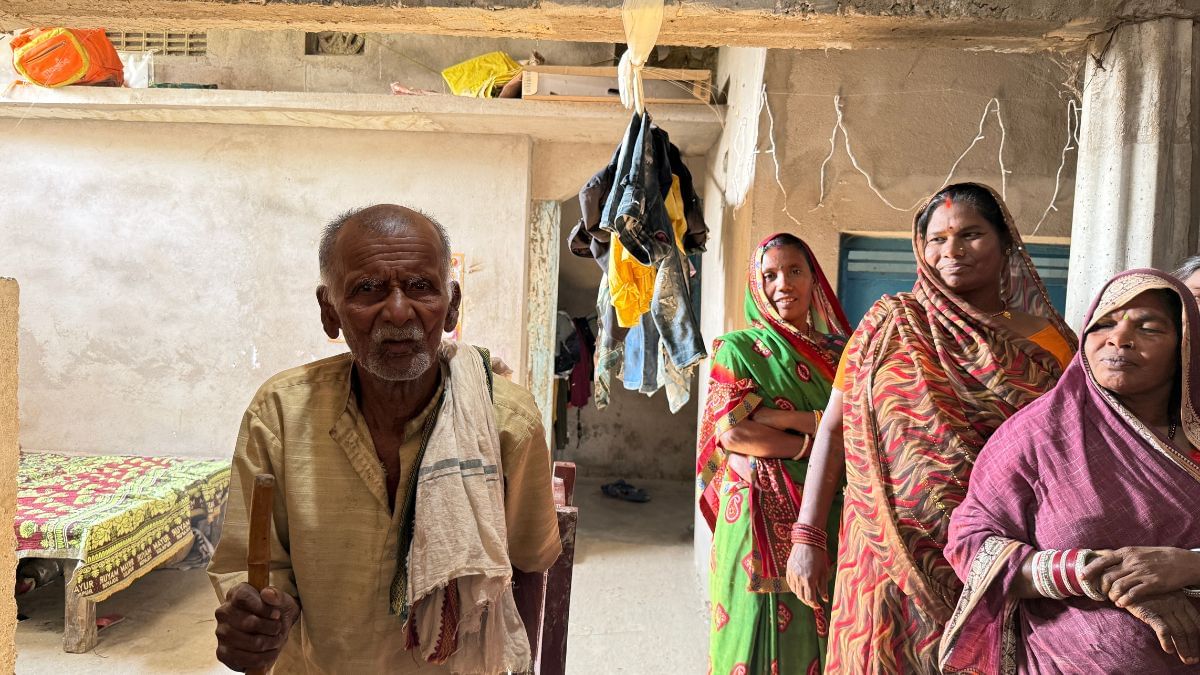
Back then, he said, “No one asked for ID. Whoever came from UP-Bihar got work.” Maruti 800s were commonly spotted outside the New Delhi Railway Station; often sent by city elites to find and hire migrants arriving for work. There were no agencies back then, Dilip recalled.
For someone who has lived three different migrant lives – in his village, Delhi, and finally Mumbai – Dilip remembers surprisingly little of the years that shaped him. His life now moves at the speed of the internet, as if running on 5X. When he spoke on the phone, he often paused, trying to recall the names of people he once worked in or the precise hardships he endured.
Back in his village – much like the rest of rural Bihar – this migration is structural. Men have migrated out in almost every household. In Dilip’s neighbourhood, most men work in Punjab’s fields or Gujarat’s cotton units, earning Rs 10,000-15,000 a month. Some head to Mumbai and Delhi. In the village, Mallah families are abandoning fishing – a designated caste‑based work – as it got increasingly costly and unsustainable over time. The women survive on some Rs 150-200 a day working in farms, while children dream of migration more than school.
Dilip mirrored this pattern exactly, until something shifted.
Also read: Inside UP’s PM Shri testing ground: Labs, smart boards and a race to catch up
Mumbai, by accident
After seven or eight years in Delhi, he moved to Mumbai without a plan. He worked in multiple affluent homes as a cook. Sometimes he lost jobs, sometimes he left. He had even learned to drive in Delhi as a backup plan “in case cooking failed.”
Then came the chance encounter. A friend of Farah Khan, unrelated to Bollywood, referred him for work to the director as she lacked a spare room. Dilip has always been against commuting for work and paying sky-high rents in Mumbai, so a living quarter was a must. He started at her home at a Rs 20,000 salary. Thirteen years later, Dilip is still in Farah’s kitchen.
He didn’t know she planned to start a YouTube channel. When she casually asked if he would appear in a video, he said yes. He had no idea a cutaway shot would change his life.
The house that cranes its neck out
Long before fame, Dilip had started building a pucca house for his family.
Where once stood a thatched hut with plastic sheets over the roof, now rises a bare-brick three-storey structure with no fittings or plaster. Old sarees serve as makeshift curtains for windows. Goats occupy the second floor.
“If I invite Farah ma’am, where will she stay?” he joked.
The house cost around Rs 3 lakh; some Dilip borrowed from neighbours, and some he saved over the years. The whole family stays together. Dilip also paid for all expenses during his niece’s wedding.
There are no childhood photographs, no family memorabilia, nothing that narrates who he was before migrating out in his home. It is a stark contrast to the meticulously curated memories in the celebrity homes where he now shoots with Farah, where walls display framed histories and lineage.
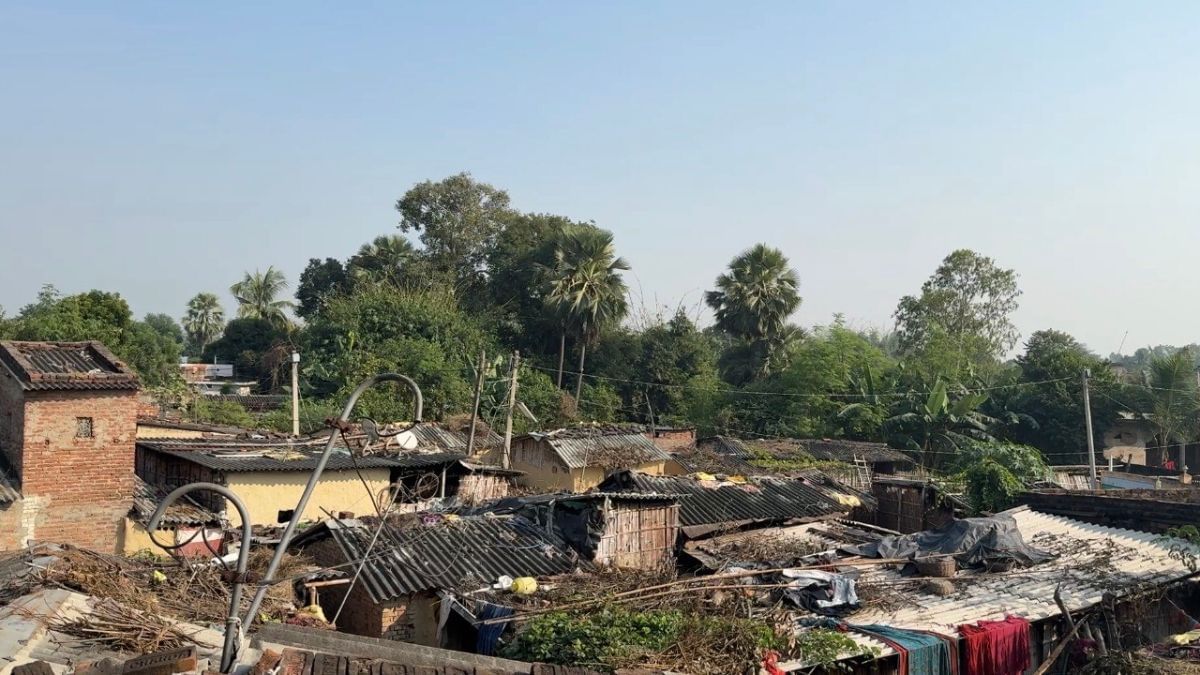
In the Mallah Tola, where most of Dilip’s neighbours live in mud huts, the house sticks out like a statement. Outside the Mallah cluster, though, not everyone cares. A Rajput elder cycling past the orchards shrugged: “Good for him.”
But in his neighbourhood, Dilip’s videos play like a ritual.
“See, I can’t take offense,” Dilip remarked about the mixed reactions to his success in his village without elaborating further.
In his neighbourhood, where men usually return older, tired, and no different from when they left for big cities, Dilip returned for his annual trip back home with a cameraman by his side, recording his every move.
Children of migration
Dilip had dropped out of school due to a lack of money. A five‑rupee copy had to last an entire year; each pen cost fifty paisa.
“Until class four, I never bought books. The first time I bought books was in fifth grade, and even then, they were second‑hand. With those, I somehow passed the fifth class,” he shared.
But he wanted his sons to get the chance he never had and enrolled his younger two in an English medium school last year. The fee was Rs 1,400, which included 800 for tuition and Rs 600 for transportation in a minivan called Magic.
“Without education, you can’t have dreams,” Dilip said.
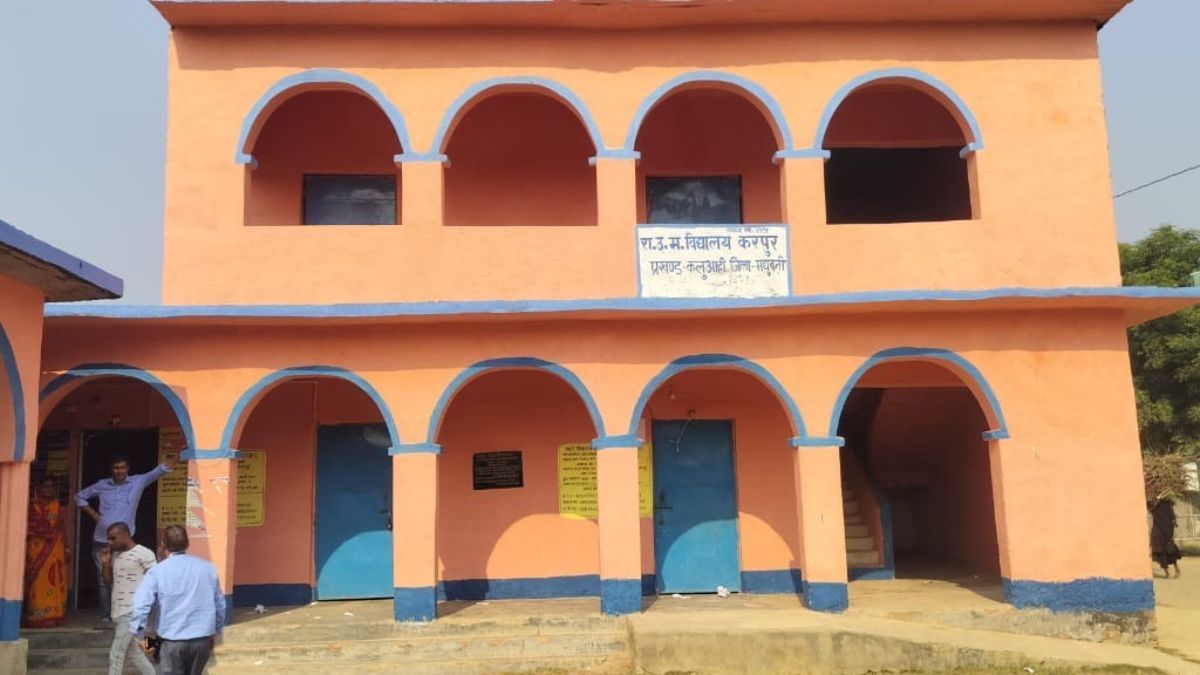
But his eldest son Chandan, 18, dropped out of school after Class 10 and has already joined Dilip in Mumbai. Farah paid for his six-month cooking diploma — around Rs 2.5 lakh. His second son, Ganesh has also dropped out.
The youngest is 8 years old and still in kindergarten. His mother beams that he can recite the English alphabet thoroughly.
Dropout culture is widespread. Bihar’s 20.86 per cent secondary school dropout rate is the highest in India. For many boys, Dilip’s path of migration, money, and independence feels closer and more tangible than a distant promise of education.
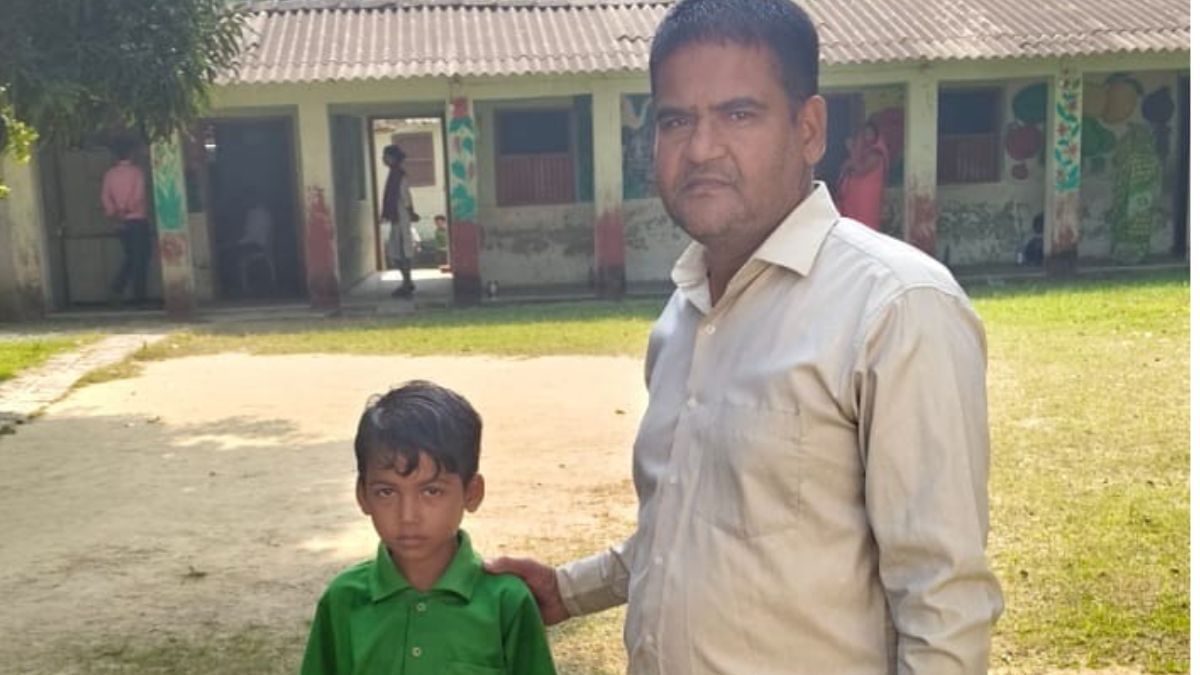
Anita and the distance to Mumbai
Dilip’s wife Anita has never visited Mumbai, or even Patna. She suffers from such severe motion sickness that even a 5 km ride to her parental home leaves her vomiting.
“Usey city le jana mushkil hai. Wo toh ghar ki raani hai, ghar pe hi rahegi (It’s difficult to take her to the city. She is the queen of the house, she will stay at home),” Dilip said.
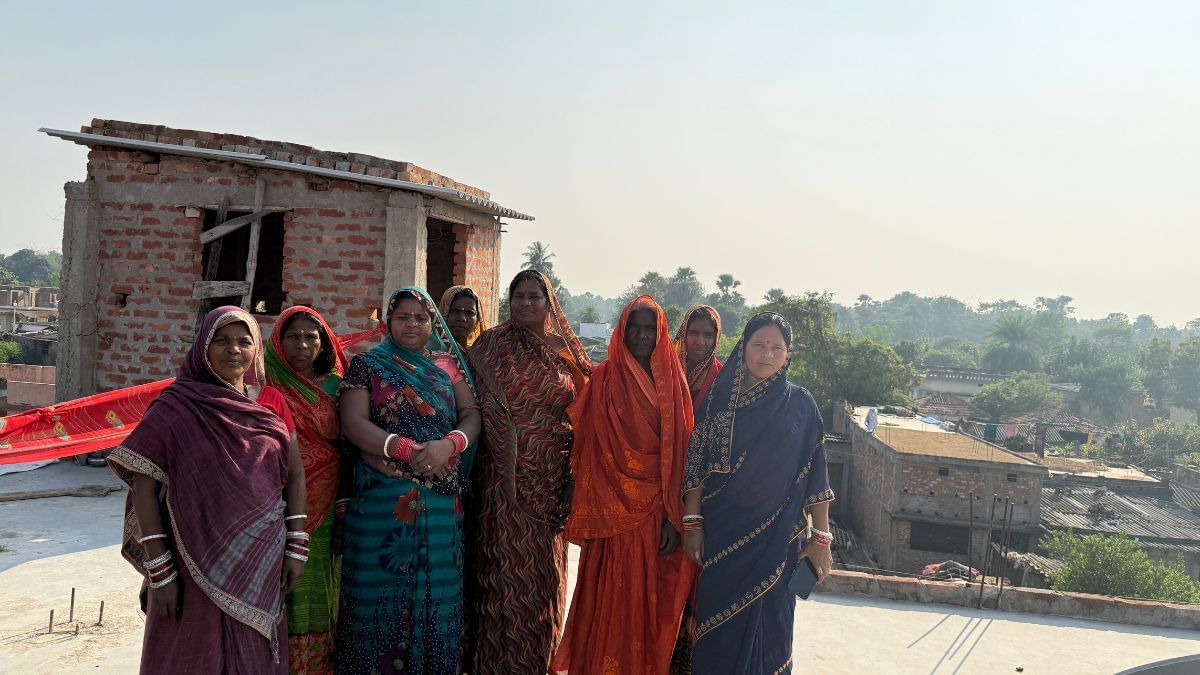
Her dreams are modest: a functional bathroom, maybe tiles someday, and a hope that Farah Khan might attend her eldest son’s wedding.
Their current bathroom is a makeshift structure with no door, no window, and a mud floor.
“But there is a roof,” Anita said. Once Dilip makes some more money, she will have it built properly.
For now, Anita Devi does not work in others’ fields except their own modest piece of land.
Viral but not rich
Dilip is aware of the speculations regarding his earnings. To these, he has a simple clarification: If he were earning in lakhs, he would have completed his under-construction house by now.
Then, laughing softly, he added the line that anchors him in reality: “Whatever we have, we live within our means. We are satisfied with that only.” He hopes that one day he will earn enough money, like the murmurs on social media.
Dilip is enjoying the spotlight, the newfound acceptance from other Biharis cheering for him, relating to him. But he understands the internet can be fickle.
Whether or not the algorithm keeps him afloat, the people of Mallah Tola already believe he has cracked something open – a possibility, a path, a story worth repeating.
For now, Dilip is focused on something far more grounded: tracking down a Darbhanga agent who once took Rs 25,000 for a lost LIC instalment.
“I heard the agent blew my money on his daughter’s wedding. I’ll go and look for him. May be I can get my money back,” Dilip said.
(Edited by Stela Dey)






